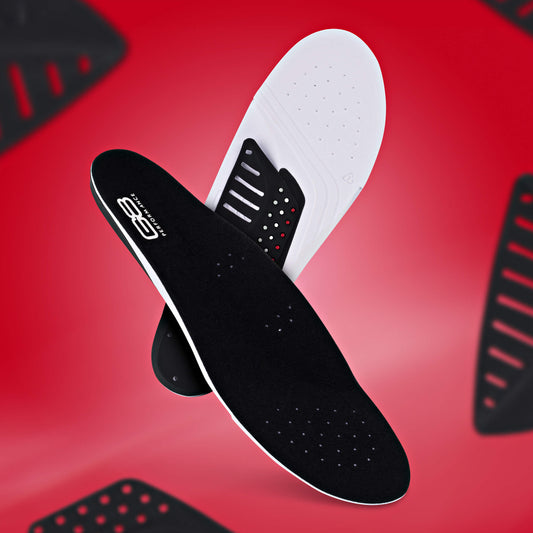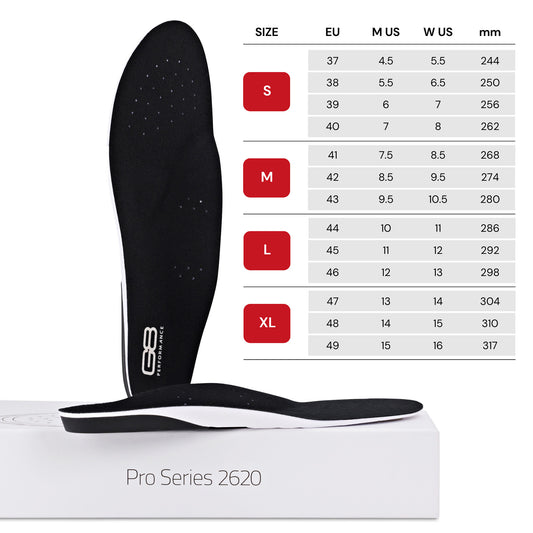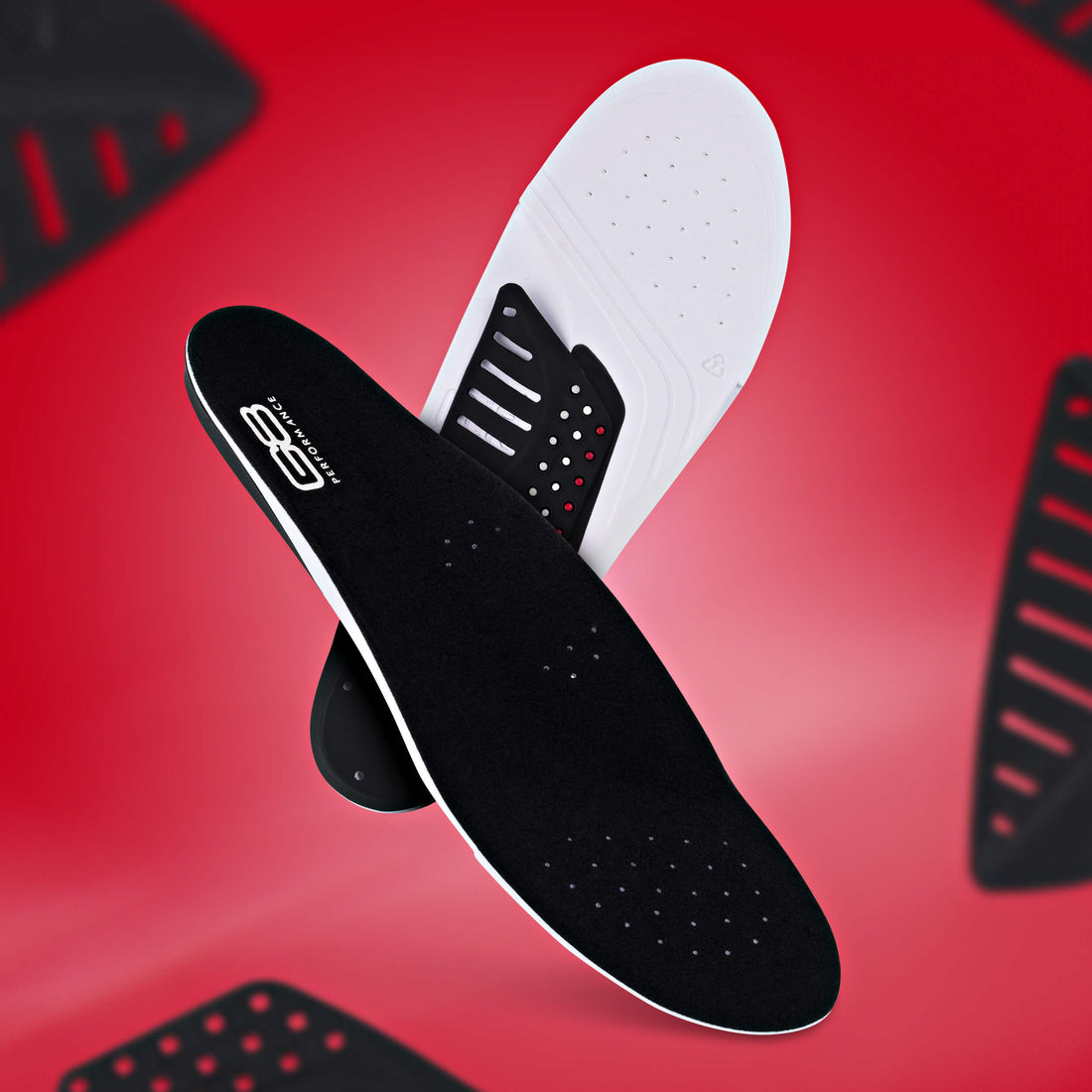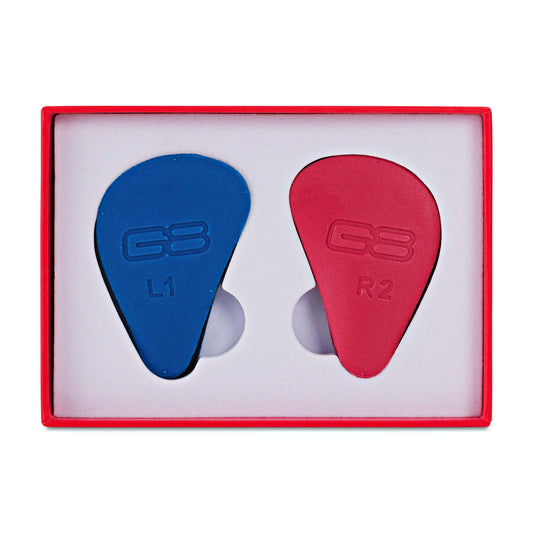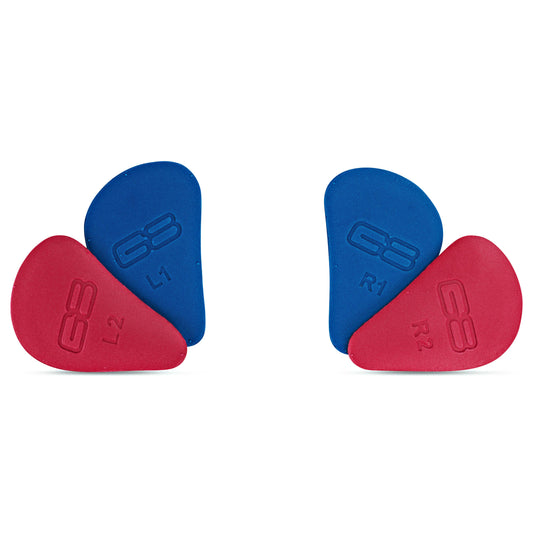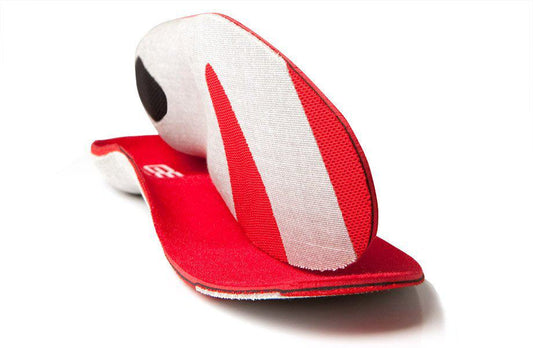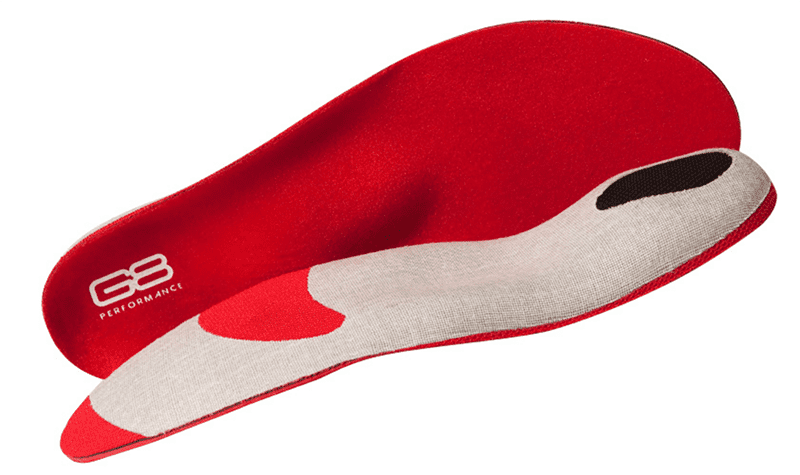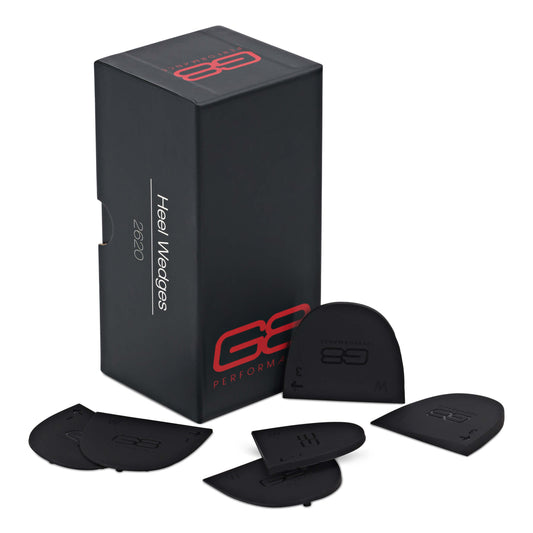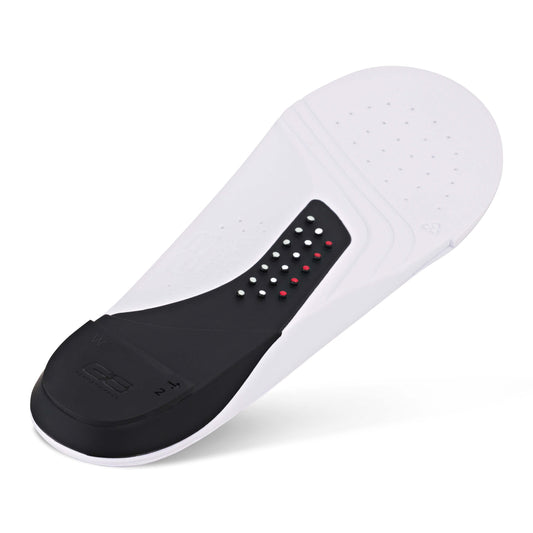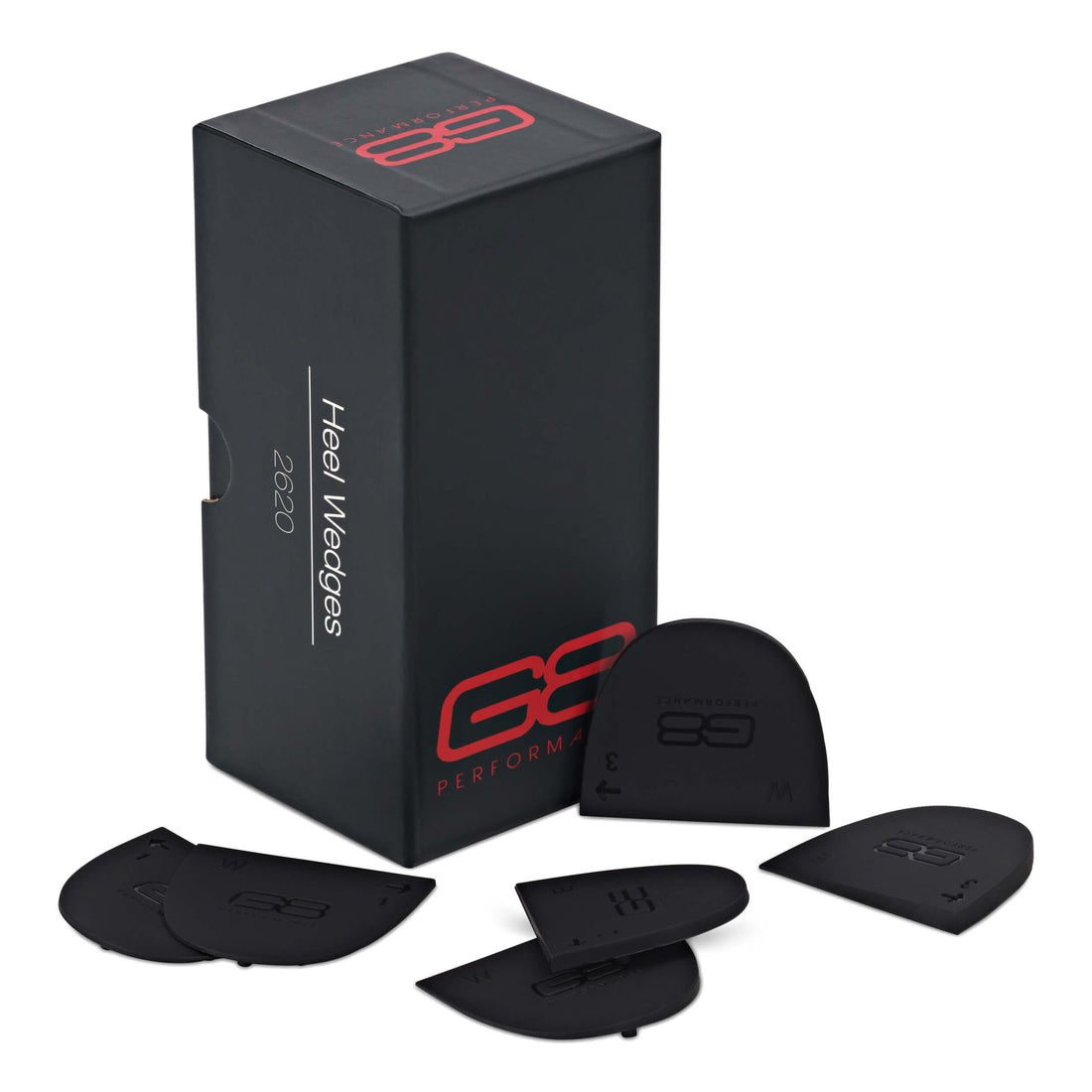
Get the Right Fit: How to Choose the Best Metatarsal Pads for Your Foot Shape and Activity
Why Forefoot Discomfort Happens — And What You Can Do About It
If your toes go numb mid-ride, your forefoot burns after a long walk, or you get “hot foot” while running, the problem may not be your shoes — it could be how your metatarsal bones are functioning inside them.
The forefoot takes on a lot of pressure during movement. In tight shoes, especially those with little give in the toe box (like cycling shoes or ski boots), your metatarsal bones and surrounding nerves can become compressed. Over time, this can lead to reduced blood flow, tingling, numbness, and even long-term nerve feedback issues between your feet and brain.
The good news? One simple addition to your footwear can help — and it starts with understanding metatarsal pads.
What Are Metatarsal Pads?
Metatarsal pads are small, dome-shaped inserts that sit just behind the ball of your foot. Their purpose is to lift and spread your metatarsal heads (the bones that connect your toes to the rest of your foot), allowing tendons and nerves to move freely.
The result is better circulation, improved toe mobility, and reduced pressure on key contact points. Essentially, metatarsal pads help your feet move more naturally — restoring the function that gets lost in modern, restrictive footwear.
What Causes the Need for Metatarsal Pads?
You don’t have to be an athlete to benefit from metatarsal pads. Anyone can experience metatarsal compression — particularly if you:
-
Wear snug-fitting shoes with minimal toe room
-
Spend hours walking, running, or cycling
-
Experience foot numbness, tingling, or burning
-
Have a high or low arch that shifts foot mechanics
-
Struggle with hot or cold feet during or after activity
Left untreated, repeated nerve compression in the forefoot can disrupt your brain’s connection to your feet — dulling important feedback like pressure, temperature, and pain. Over time, this can contribute to chronic discomfort or instability.
How Metatarsal Pads WorkUnlike typical cushioning inserts, metatarsal pads work by supporting natural foot movement, not restricting it. Here’s what a well-designed metatarsal pad does:
Think of it like yoga for your feet — the pad gently stretches and reactivates areas that have been locked up from too much shoe structure or pressure. |
|
One Pad, Multiple Applications: Introducing G8 Metdomes™ Metatarsal Pads
At G8 Performance, we’ve designed Metdomes™ Metatarsal Pads to go beyond comfort — they’re engineered to restore proper foot function.
Metdomes™ Metatarsal Pads allow your feet to move more freely by mimicking the natural expansion of your metatarsal region. As you move, the dome shape helps to gently stretch the area under the metatarsal heads, relieving pressure and encouraging blood flow.
They’re particularly useful for people who:
-
Experience toe or foot numbness during activity
-
Notice temperature extremes in their feet (cold or hot foot)
-
Want to improve toe splay and nerve feedback
-
Are looking to increase daily foot strength and mobility
Key Benefits of Metdomes™ Metatarsal Pads:
-
Improved circulation to the toes and forefoot
-
Reduced incidence of numbness and tingling
-
Better temperature regulation
-
Increased flexibility in the forefoot tendons and ligaments
-
Subtle support that feels natural across all movement types
For best results, Metdomes™ Metatarsal Pads are most effective when paired with the G8 Performance’s Pro Series 2620 Insoles: the arch pieces are positioned just behind the ball of the foot, while the Metdomes™ sit almost directly beneath it, providing optimal alignment and biomechanical efficiency.
How to Choose the Right Metatarsal Pad for Your Foot Shape
Here’s the good news: you don’t need a custom solution for every foot type. G8 Metdomes™ Metatarsal Pads are designed to adapt to various foot shapes, thanks to their universal fit and strategic placement.
Flat Feet (Low Arches)
What happens: Excessive pressure builds in the forefoot as the arch collapses
Why Metdomes™ work: They reduce nerve compression and rebalance load by gently lifting the metatarsals
High Arches
What happens: Impact is concentrated under the ball of the foot due to less surface area
Why Metdomes™ work: The dome shape promotes natural spreading and shock absorption
Neutral Arches
What happens: Fatigue or tightness can still occur during extended wear or activity
Why Metdomes™ work: They offer proactive support without overcorrecting — preventing discomfort before it starts
Regardless of foot shape, Metdomes™ Metatarsal Pads are placed under your metatarsal bones, creating a small but important mound that ensures pressure relief, without adding bulk or shifting foot mechanics.
Best Use Cases: How Metdomes™ Metatarsal Pads Perform Across Activities
The Metdomes™ Metatarsal Pads were developed for real-world performance. Whether you’re on the bike, in the gym, or on your feet all day, they adapt to how you move.
Cycling
-
Tight shoes and intense pressure can cause nerve compression, leading to numb toes
-
Metdomes™ Metatarsal Pads lift the metatarsal heads, encouraging blood flow and reducing hot foot
-
They slot easily on most cycling insoles without interfering with fit
Snowsports
-
Rigid ski and snowboard boots restrict circulation
-
Metdomes™ Metatarsal Pads introduce subtle movement and restore warmth to otherwise stiff forefeet
Running
-
Impact and high mileage can stress the forefoot, especially in minimal or structured shoes
-
Metdomes™ Metatarsal Pads support natural spreading of the foot during toe-off, reducing strain and helping you maintain form
Extended Hours on Your Feet
-
Whether in a warehouse, hospital, or kitchen, foot fatigue builds over time
-
Metdomes™ Metatarsal Pads ease pressure during prolonged standing and keep your forefoot responsive throughout the day
How to Use G8 Metdomes™ Metatarsal Pads Correctly
Using Metdomes™ Metatarsal Pads is simple — but placement is key.
-
Position: Place them just under the ball of your foot, under the first and second metatarsal heads
-
Footwear: Works best with shoes that have removable insoles
-
Combination: For optimal results, pair with the G8 Performance’s Pro Series 2620 Insoles or the Ignite Orthotic Insoles
-
Adjustment period: Some users feel the benefits immediately; for others, it may take a few days of consistent use
One Small Addition, Big Performance Gains
Your feet are the foundation of every movement — and how you support them matters. Metatarsal pads may be small, but their impact can be significant when they’re designed to improve function, not just comfort.
The Metdomes™ Metatarsal Pads are built for people who want to move better, feel stronger, and support their long-term foot health — without overhauling their shoes or routines.
Whether you’re chasing performance or simply want to feel better on your feet, this is the support you didn’t know you needed — until now.
